The Man Who Planted Trees – CBS – (1987)
Forests are under intense pressure. The story by the French author Jean Giono published in 1953 is one of the most poetic depiction of landscape restoration that has touched feelings of so many people. The story inspired many restoration projects around the world. When read it for the first time many thought it was real. In fact, there are genuine independent reforestation projects impressively achieved by determined individuals and NGOs such as Plant a Billion and People and Reforestation in […]

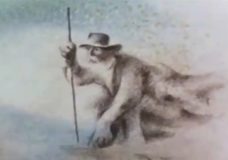
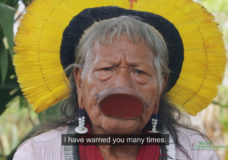
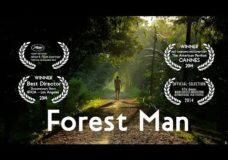
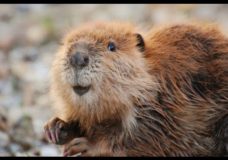

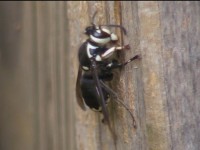
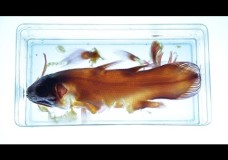
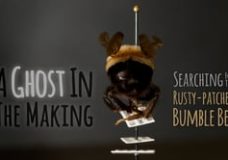




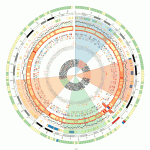
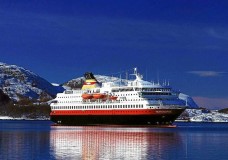


Recent Comments